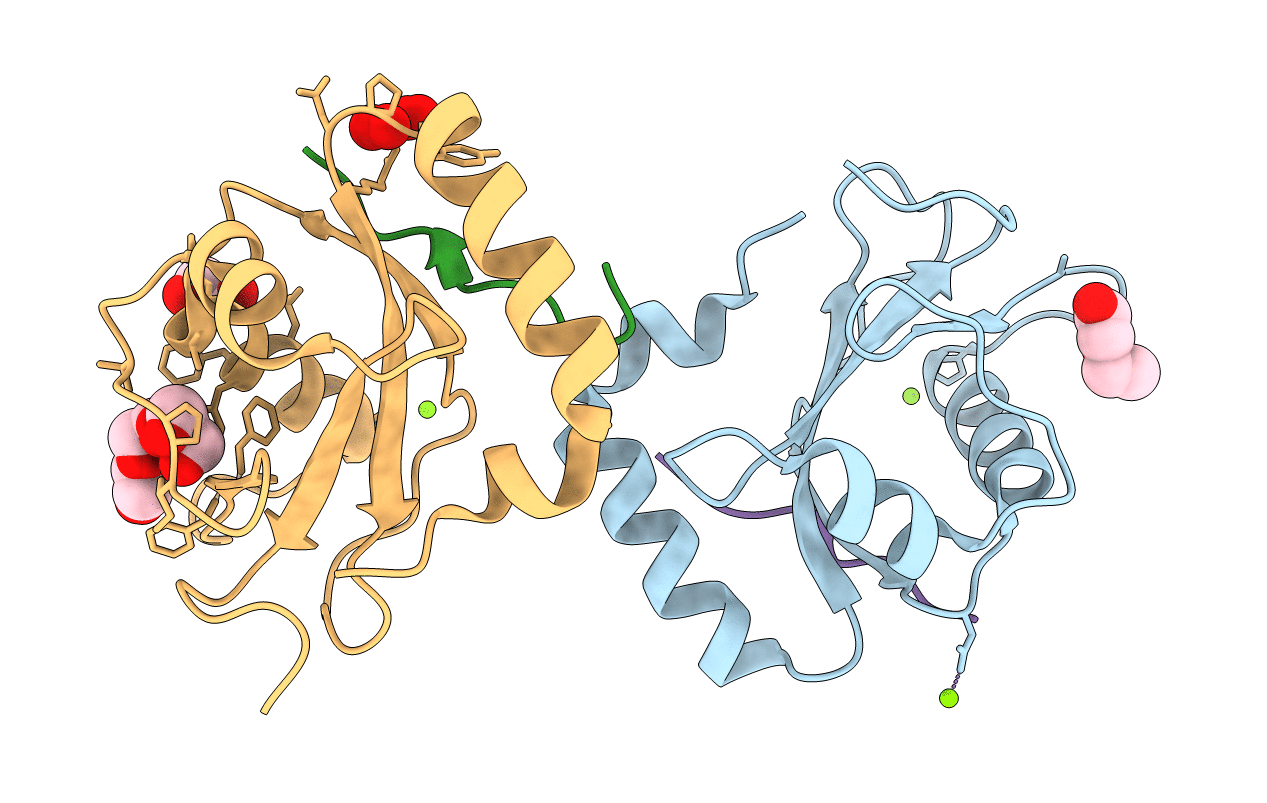
Deposition Date
2016-09-21
Release Date
2017-02-08
Last Version Date
2024-11-13
Method Details:
Experimental Method:
Resolution:
1.44 Å
R-Value Free:
0.22
R-Value Work:
0.19
R-Value Observed:
0.19
Space Group:
C 1 2 1


